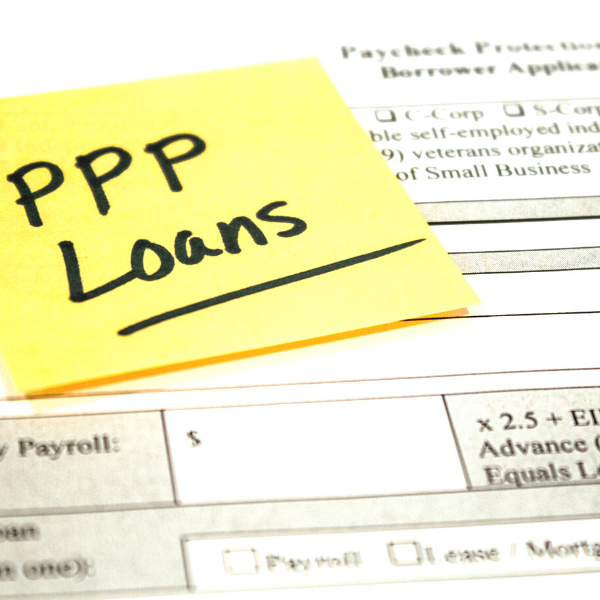Since its enactment in March, the Paycheck Protection Program (PPP) has disbursed billions of dollars to small businesses struggling during the COVID-19 crisis in the form of forgivable loans. Due to a lack of clarity, the loan forgiveness aspect of the program has generated much frustration. Now, thanks to the new Paycheck Protection Program Flexibility Act (the Flexibility Act), borrowers can breathe a sigh of relief because of significant amendments made to provisions of the PPP aimed at clarifying the loan forgiveness process. Although these amended provisions will necessarily require further guidance from the Small Business Administration (SBA) and US Department of the Treasury, the highlights noted below should give borrowers considerable flexibility when it comes to maximizing PPP loan forgiveness.
Extension of Covered Periods
Through the Flexibility Act, borrowers can elect to extend the PPP’s eight-week covered period for loan forgiveness purposes to 24 weeks. This will give borrowers more time to strategically use loan proceeds to maximize forgiveness. However, because PPP guidance continues to evolve and change, borrowers should avoid using the extended period on the loan forgiveness application if full loan forgiveness can be achieved during the original eight-week covered period.
Use of Loan Proceeds
Previously, in order to obtain full loan forgiveness, a borrower had to spend at least 75% of loan proceeds on payroll costs and no more than 25% on non-payroll costs. If a borrower was unable to meet that 75% threshold for payroll costs, loan forgiveness would be proportionately reduced based on the actual percentage spent on payroll. Under the Flexibility Act, the 75% threshold has been lowered to 60%. The SBA and Department of the Treasury issued a joint statement that clarified borrower’s will still be eligible for partial loan forgiveness if less than 60% of loan proceeds are not allocated to payroll costs, as was the case with the previously higher threshold. While this provides flexibility in terms of spending loan proceeds on non-payroll costs, the lower threshold represents such a significant departure from the prior rule that borrowers should expect further guidance.
Rehiring Deadline Extension
Under the original text of the PPP, the forgivable portion of a loan was proportionately reduced if a borrower did not rehire laid off employees by June 30, 2020 to the level that existed February 15, 2020. Under the Flexibility Act, the “rehire date” has been extended to December 31, 2020.
Workforce Reduction Safe Harbor
In the event a borrower attempts to rehire employees but is unsuccessful, the Flexibility Act provides an exemption from a reduction in loan forgiveness if, during the period beginning February 15, 2020 and ending December 31, 2020, the borrower is able to document, in good faith, one of the following: (1) it could not find qualified employees to hire; or (2) it could not restore its business to a comparable level of activity because of federal health guidance such as social distancing.
Loan Repayment Extension
Prior to the enactment of the Flexibility Act, the period for repaying any loan amount not forgiven was two years. That repayment window has been extended to five years, with the interest rate remaining at 1%.
Payroll Tax Deferral
Regardless of whether a borrower receives loan forgiveness, the Flexibility Act has made clear that borrowers are eligible to defer their employer’s share of payroll taxes. If a borrower elects to defer such taxes, 50% of the deferred amount must be paid in 2021, with the remaining 50% due in 2022.
Author
-

Adam L. Glassman
Adam Glassman is an Associate at McCarthy Lebit with a diverse practice that incorporates both transactional and business litigation matters. Learn more about Adam and his practice.

